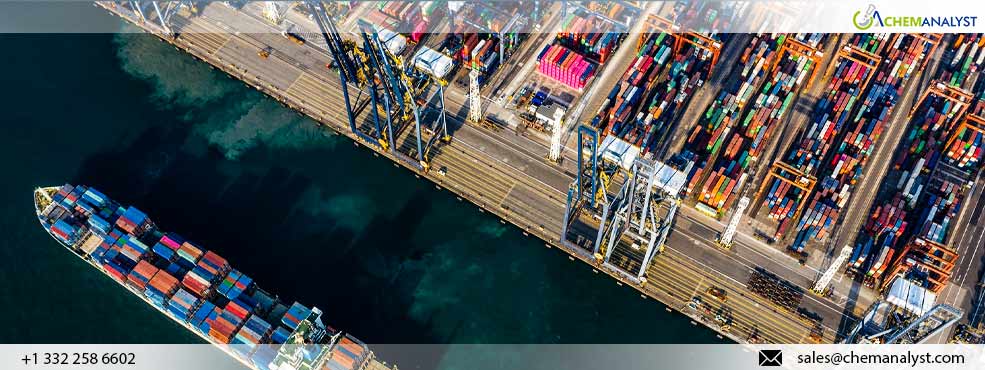Singapore Port Congestion Doubles, Asian Freight Rates Climb in May
- 03-Jun-2024 5:52 PM
- Journalist: Nina Jiang
The global freight industry experienced a significant surge in freight rates as the global container freight index increased by over 30% in May 2024. The rise in freight rates was particularly pronounced for shipments from Asia to various international destinations. Notably, the rates for routes from East Asia to North Europe, as well as from East Asia to the North American West Coast, soared by more than 40%.
The Asian freight industry experienced rapid growth during May 2024, as ocean freight rates from Asia surged sharply due to a series of General Rate Increases (GRIs) imposed by carriers. The increase in freight rates is partly driven by U.S. importers pulling orders forward due to concerns over global geopolitical uncertainties and the need for an additional buffer of stock in transit. This restocking trend has further amplified the demand for shipping services.
Specifically in Singapore, logistical challenges have contributed to the uptick in freight rates across the Asian region. Shipping delays in Singapore have more than doubled this month, reflecting higher prices for consumers. The shortage of container ships and port congestion have exacerbated the supply chain crisis. The Maritime and Port Authority of Singapore (MPA) confirmed a significant increase in vessel arrivals since the beginning of 2024. In the first four months of 2024, the monthly average tonnage of container vessel arrivals reached 72.4 million gross tonnage (GT), over 1 million GT more per month compared to the same period last year. Overall vessel arrival tonnage, including bulk carriers and tankers, grew 4.5% year-on-year to reach 1.04 billion GT in the same period.
The rerouting of ships away from the Cape of Good Hope has disrupted arrival timetables at major ports worldwide, resulting in irregular arrivals and a clustering of vessels. While resupply and bunkering activities for tankers and bulk vessels occur within anchorages and are unaffected, container vessels have seen large increases in volumes and bunching due to upstream supply chain disruptions. Container volumes handled in Singapore in the first four months of 2024 amounted to 13.36 million twenty-foot equivalent units (TEUs), an 8.8% increase over the same period last year. The increased off-schedule arrivals and container volumes have extended vessel wait times for a berth to about two to three days, despite efforts by port operator PSA to adjust schedules where feasible.
The chemical market is particularly affected by these logistical disruptions. The rise in freight rates and shipping delays has led to increased costs for importing chemical raw materials and products. The chemical industry's reliance on timely shipments for maintaining production schedules means that delays and increased costs could result in reduced profitability and potential supply shortages. As companies navigate these challenges, they may need to adjust their supply chain strategies, potentially seeking alternative routes or increasing local inventory levels to mitigate the impact of these disruptions. This dynamic situation underscores the interconnected nature of global trade and its broad-reaching implications across various industries, including the chemical sector.
ChemAnalyst forecasts a normalization of freight rates in the upcoming month as Tuas Port in Singapore prepares to add three new berths to its existing eight, increasing overall port handling capacity. The Port of Singapore Authority (PSA) is accelerating the commissioning of these berths to enhance container handling capabilities. Collaborative efforts between the Maritime and Port Authority (MPA), PSA, container lines, and regional feeders aim to keep stakeholders informed about berth availability and minimize berthing delays, facilitating smoother trade flows in the region.


